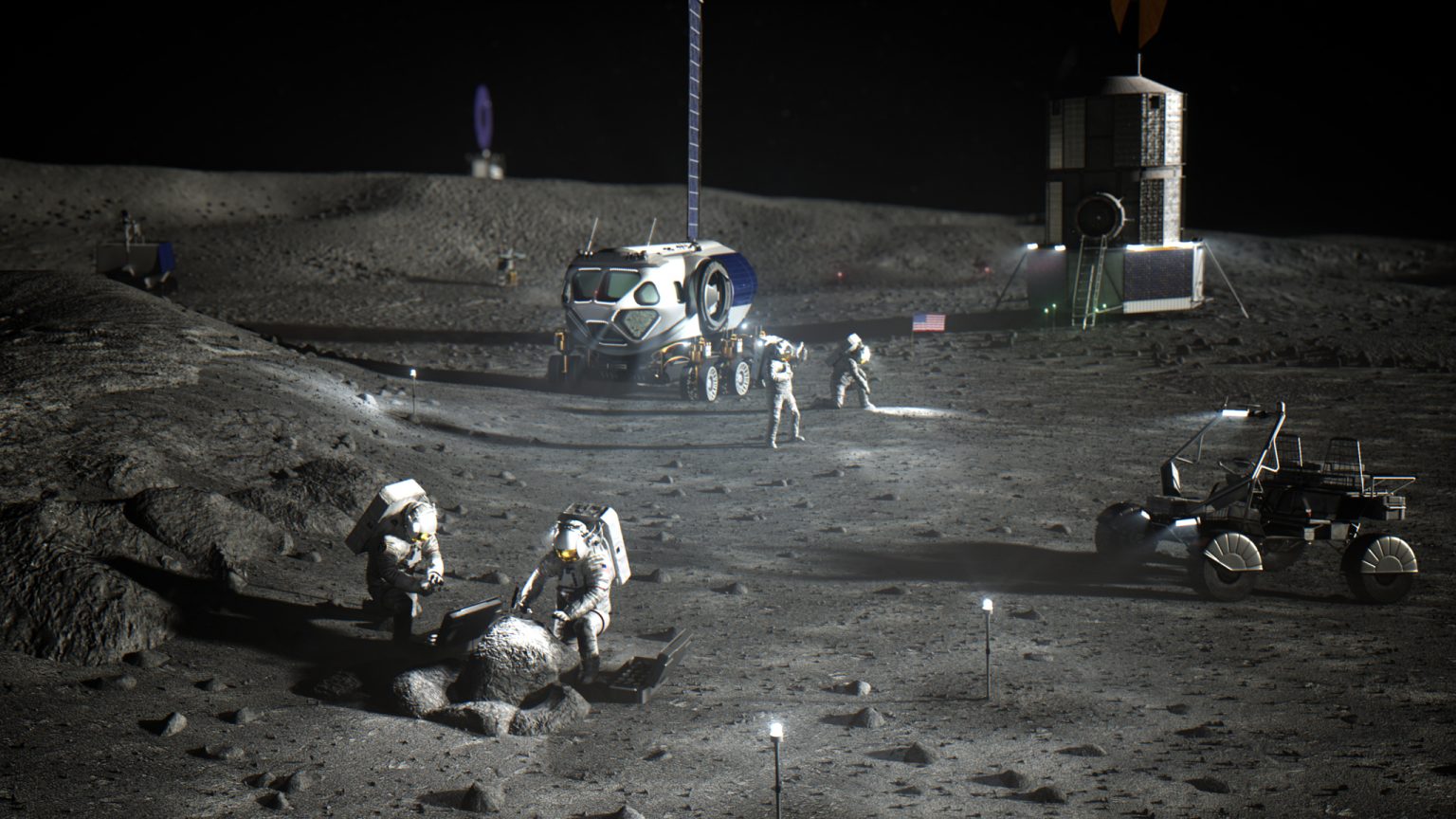
DARPA (Defense Advanced Research Projects Agency) is seeking rapid develop of technologies to support the foundation for an integrated lunar infrastructure.
The 10-Year Lunar Architecture (LunA-10) capability study will attempt to unite what the agency sees as isolated efforts within the scientific community in order to produce a diverse technological framework to facilitate activities in space around and on the surface of the moon in the coming decades. The DARPA study is scheduled to last seven months, and will include lunar service providers and users, according to a statement on the agency's website published Aug. 15.
"A large paradigm shift is coming in the next 10 years for the lunar economy," Michael Nayak, program manager in DARPA's Strategic Technology Office, said in the statement. To help expedite this shift, LunA-10 will identify companies with "technically rigorous business plans," and promote collaborative innovation between them to create multiple, commercially viable services on the moon by around 2035.
Related: Moon mining gains momentum as private companies plan for a lunar economy
As the DARPA statement acknowledges, this timeline coincides with NASA's efforts to establish a permanent human presence on the moon as a proving ground for future missions to Mars. NASA's current Artemis program includes eventual plans for a space station in cislunar orbit, an outpost at the moon's south pole and expeditions across the lunar surface.
This scope of exploration combined with the anticipated growth in commercial lunar enterprises will require a sturdy and reliable infrastructure to support it, which DARPA hopes to address with LunA-10.
Power transference and data communication will be key focuses of the study, and the combination of those technologies, a priority. One way to accomplish this would be with complex lasers capable of wirelessly beaming electricity while simultaneously carrying a data stream.
"LunA-10 aims to facilitate the fusing and co-optimization of as many infrastructure sectors as possible, into key nodes that can be scaled up in the future," the DARPA release states.
"Imagine a wireless power station that can also provide comms and navigation in its beam," Nayak said, also adding, "LunA-10 is looking for those connective nodes to support a thriving commercial economy on the moon."
DARPA is giving companies interested in throwing their hat into the ring until Sept. 6 to submit abstracts for LunA-10. Selected companies will then go through a technical presentation later next month, and will be eligible for up to $1 million in funding. Companies ultimately chosen for the LunA-10 study will be announced during the Lunar Surface Innovation Consortium (LSIC) fall meeting, in October, and expected to brief the scientific community on their progress during the consortium's meeting in April, 2024. Final reports are scheduled for a meeting next June.







